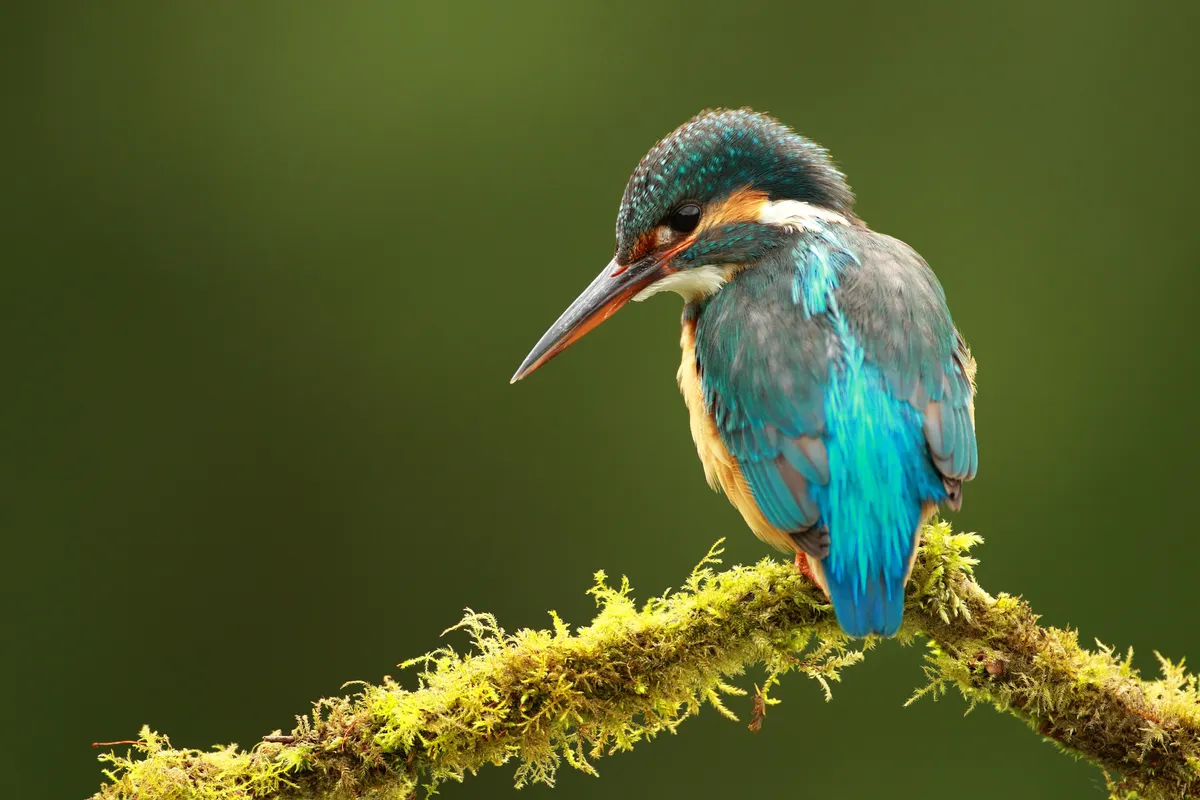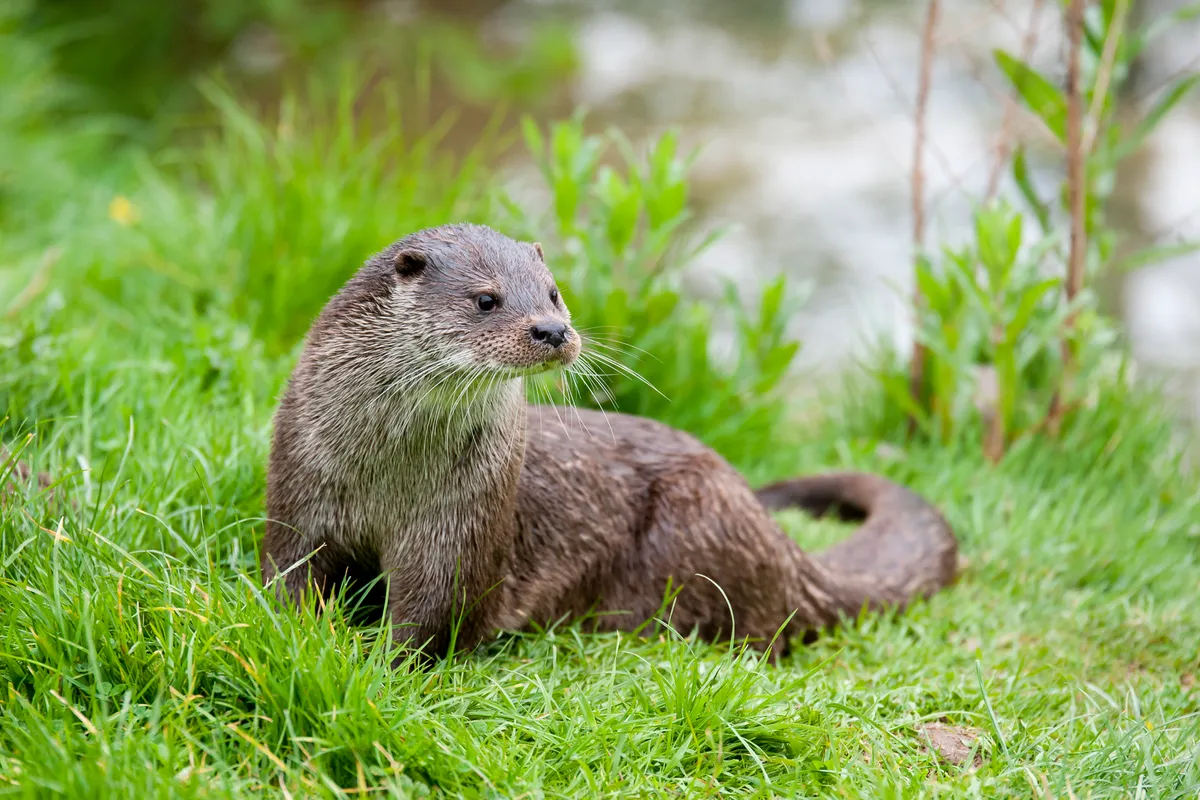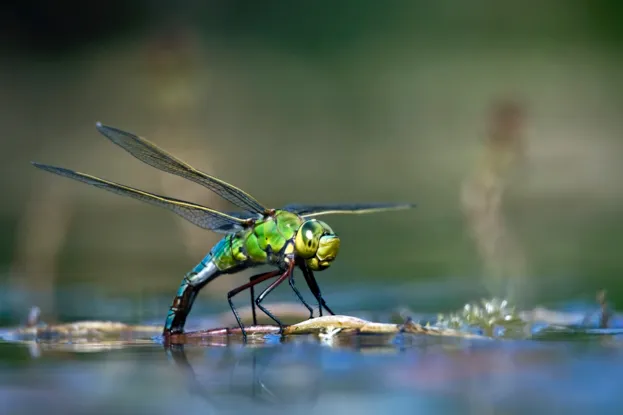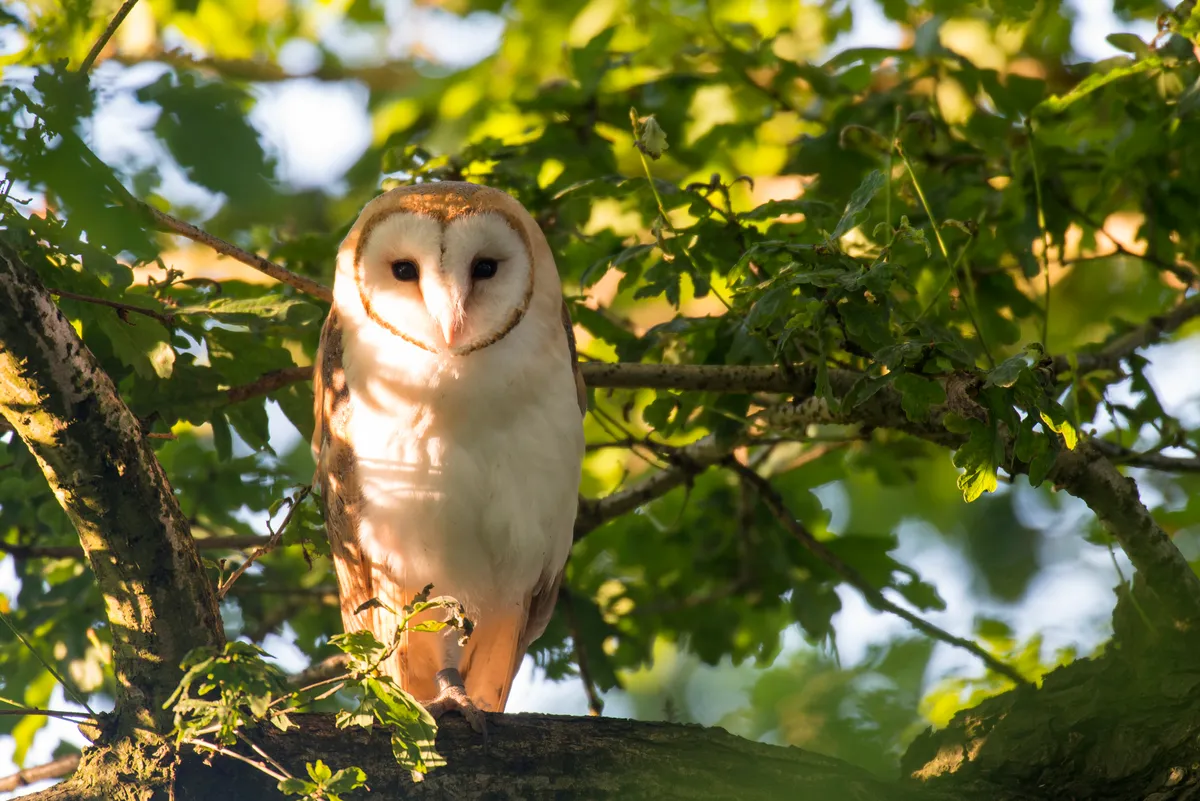For naturalist and presenter Iolo Williams, the coronavirus pandemic meant adapting to lockdown rules whilst still creating a TV series which delivers an interesting and engaging four-part documentary containing a huge amount of wildlife and spectacular landscape shots across the Pembrokeshire countryside.
Hiking across the county, visiting hidden and more well-known spots, Iolo points out wildlife ranging from insects and reptiles to birds and mammals, including badgers, osprey, green tiger beetles and adders.
Where can I watch Iolo’s Pembrokeshire?
Iolo’s Pembrokeshire first aired on Monday 5 July on BBC One Wales at 7.30pm, and is available to stream on BBC iPlayer.
What is Iolo’s Pembrokeshire about?
The much loved Iolo Williams takes viewers on a journey across the beautiful Pembrokeshire countryside in a four-part documentary series on BBC One Wales showing us a vast array of wildlife and spectacular views contained within the county’s borders.
The series feels as if the viewer is on a private hike with Iolo who uses his knowledge and experience of nature to point out hidden gems, spot wildlife including birds, insects, reptiles and mammals, and even talk about ancient historical monuments. At times, almost every step reveals another creature and the excitement after spotting something special exudes through the screen. If that sounds jam-packed, there are also moments which feel quite mindful, where Iolo will chat to camera, making the viewer feel like they’re on a wildlife hike with a friend, whether it be stood on top of a mountain or sat by a river.
There were a couple of places where we filmed kingfishers, filmed otters and it was such a beautiful river. I hadn’t realised just how nice, clean and wildlife rich it was before.
Music highlights stunning landscape shots which punctuate closer shots of Iolo’s surroundings. The series maintains a sense of authenticity with locations in Welsh and interesting information about the county’s ancient and more recent past.
Set across the seasons, Iolo tells you the best times of year to see certain species and, when necessary, how to look for the more elusive or hidden. If you are after an almost private guide through our Pembrokeshire landscape from someone who knows where to find the less well-known places for wildlife whilst seeing a plethora of nature, then Iolo’s Pembrokeshire: The Wild West is a good and easy watch.
A lot of it was what I’d learned as a child and I just want to pass those things on. It did feel more personal and I hope that comes across.
Who is Iolo Williams?
Iolo Williams is a naturalist, conservationist, TV presenter and writer. He is known for his TV presenting work including Springwatch which he joined as a regular presenter in 2019, and The Last Wilderness of Wales. He has been presenting nature programmes for over two decades in both Welsh and English, having previously worked for the Royal Society for the Protection of Birds (RSPB) for 14 years.
Which species feature in Iolo’s Pembrokeshire?
Southern marsh orchid (Dactylorhiza praetermissa)

The southern marsh orchid grows up to 70cm tall, and has deep pink-purple flowers and a hollow stem. It flowers from May to July, favouring wetter habitats and is widely distributed in the southern half of Britain and more northernly European countries with an Atlantic coast.
It can be difficult to distinguish from the northern marsh and early marsh orchids. It easily cross pollinates with other types of orchid in the Dactylorizha genus creating hybrids.
Common kingfisher (Alcedo atthis)

The common kingfisher, also known as the Eurasian kingfisher, is a small, distinctively coloured bird with bright azure blue and orange feathers, and a long beak. Widespread across Britain, they can be found by still or slow flowing water such as rivers, lakes and canals. Here they hunt fish and aquatic insects from riverside perches, flying low and fast over the water.
Kingfishers can be difficult to spot due to their small size. They are slightly bigger than a robin but almost twice as heavy and have nests burrowed into the soil of a stream bank with a tunnel leading to a nesting chamber where they can raise two to three broods in quick succession.
Learn more about kingfishers and other river wildlife:
European otter (Lutra lutra)

The European otter, also known as the Eurasian otter and the common otter, is the only wild otter species found in the UK. It is a large, powerful mammal, reaching up to almost a meter in length and has grey-brown fur and a pale chest and throat.
Otters are excellent swimmers and are adapted to land and water. They have webbed feet and can close their ears and nose when underwater. They mostly feed on fish but will also eat waterbirds, amphibians, insects and crustaceans.
Favourite habitats include rivers and coastlines. They look for clean rivers with a good supply of food and overgrown banks on which they can raise their young. Territories are marked with its faeces known as spraints.
Emperor dragonfly (Anax imperator)

The Emperor dragonfly is Britain’s largest dragonfly and one of the largest in Europe, reaching up to 78mm in length. Males are a pale blue colour with an apple-green thorax and a black stripe that runs the length of the body. Females are mostly green, with an apple-green thorax similar to the male.
It can be seen near large, well vegetated bodies of water such as ponds and lakes especially in southern England and Wales from June to August, with females laying their eggs in floating pondweed. Eggs hatch into nymphs after three weeks which then grow over one to two years, eventually emerging into adults from about mid-May onwards. Adults fly up high to look for prey which they catch in mid-air and may eat 'on the wing'.
Learn more about dragonflies and damselfies:
Barn owl (Tyto alba)

The barn owl is a medium-sized owl with a heart-shaped face and no feathery ear tufts. It has a silver-grey and buff coloured back, a white underside and face, and black eyes. The Latin name ‘alba’ refers to the owl's white colour, with ‘Tyto’ coming from the Greek word for owl.
Although barn owls are nocturnal, they will sometimes hunt during the day. They are well adapted to hunting at night with flying almost silently which allows them to hear the tiny sounds made by their prey and approach undetected. Their ears are also excellent at detecting high frequency sounds emitted by small mammals moving in undergrowth, pinpointing prey by hearing alone. They hunt for small mammals such as mice and voles, and can also eat some larger mammals and small birds.
